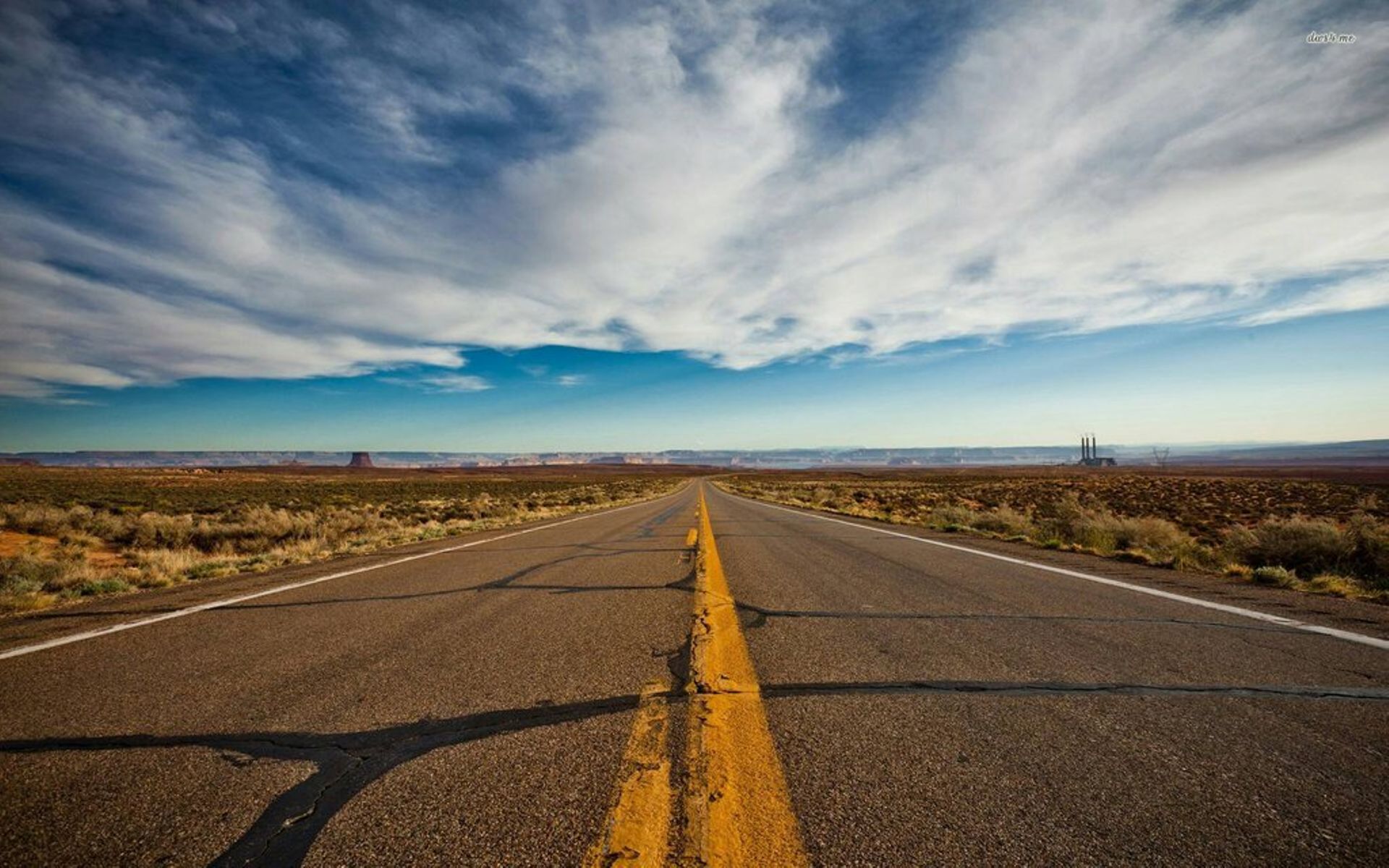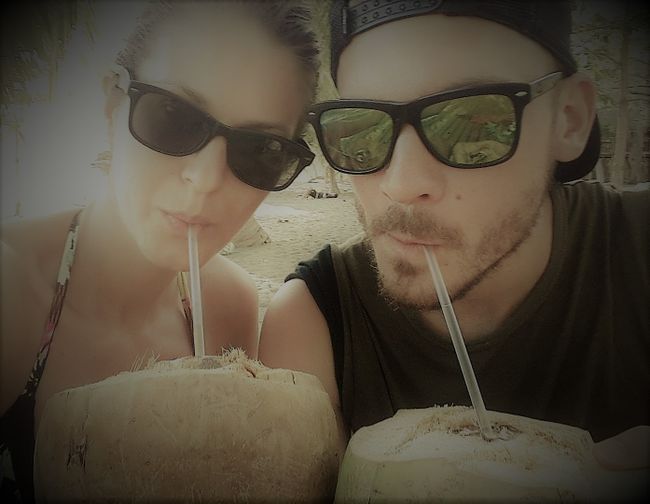Am Titicacasee! - Copacabana
प्रकाशित: 25.01.2018
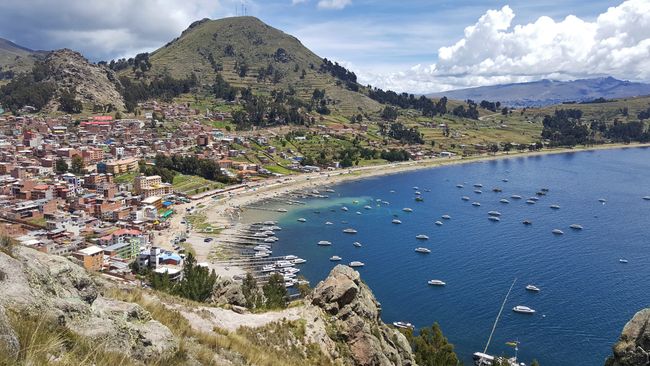
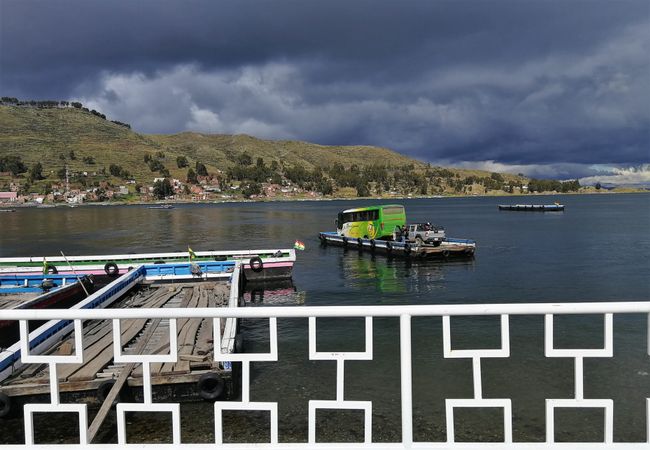
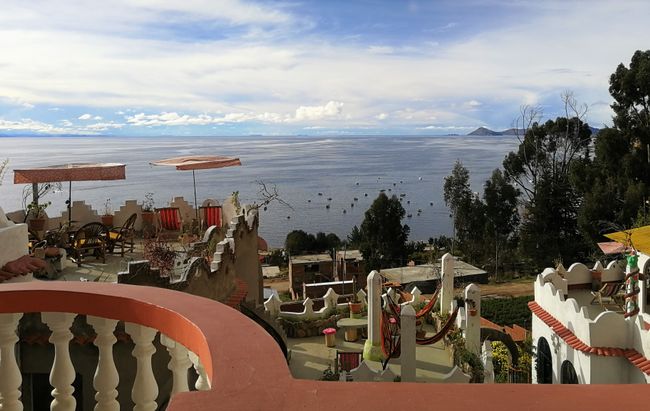
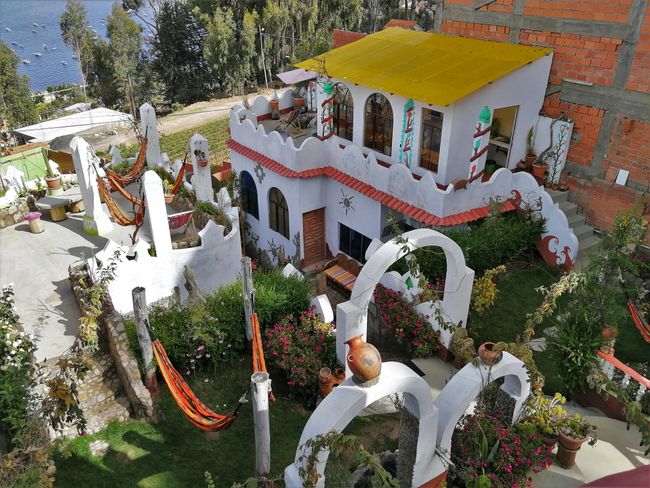
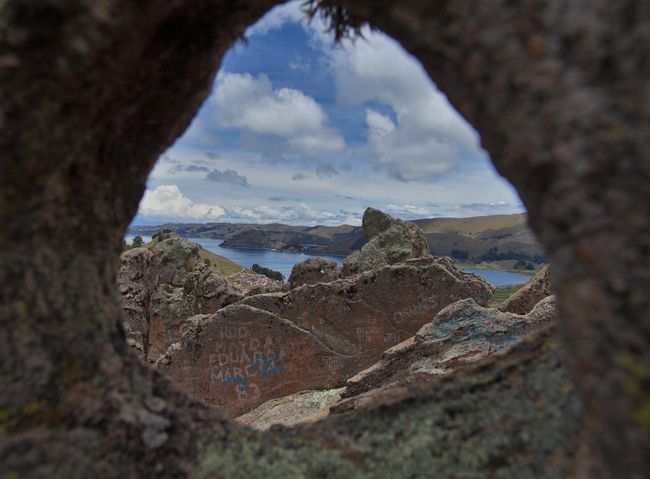
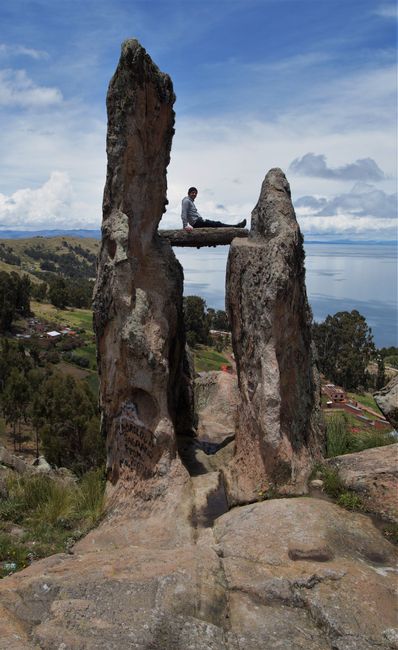
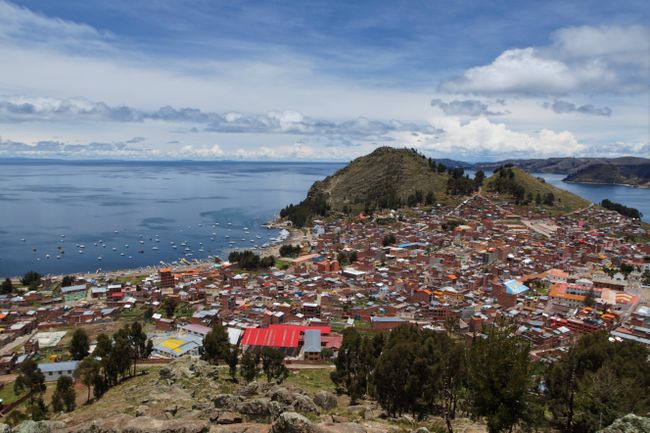
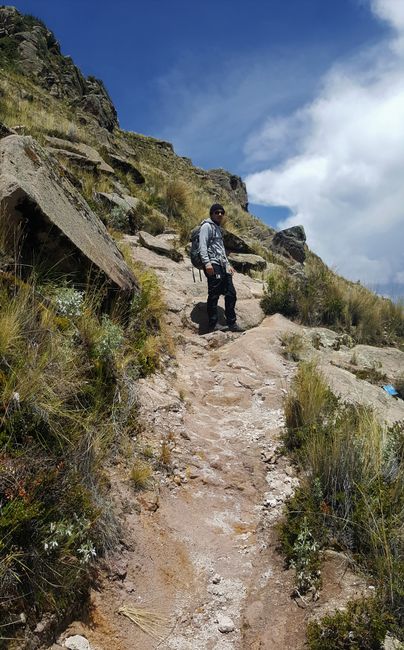
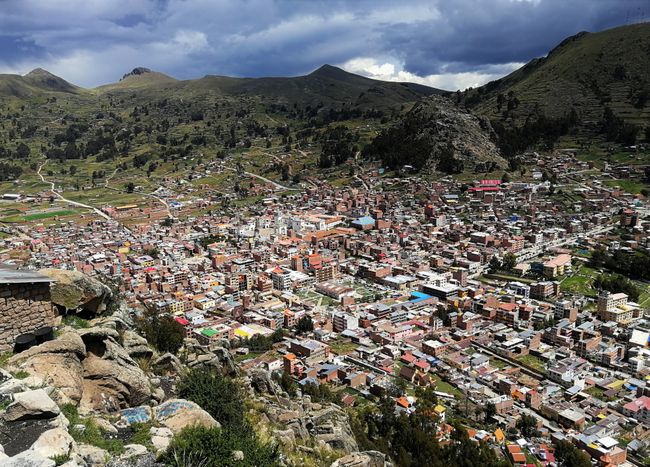
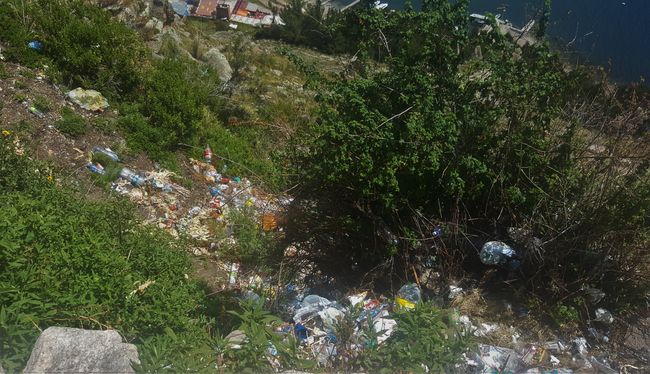
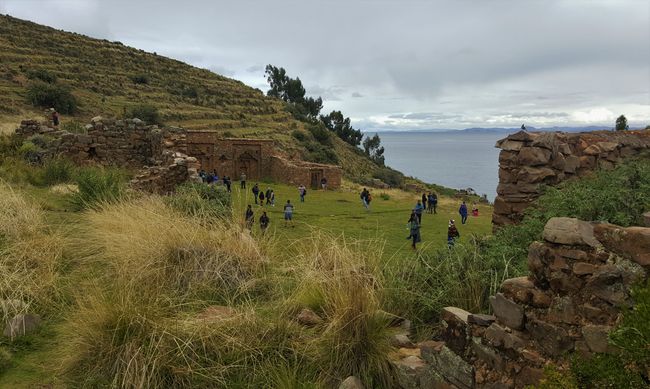
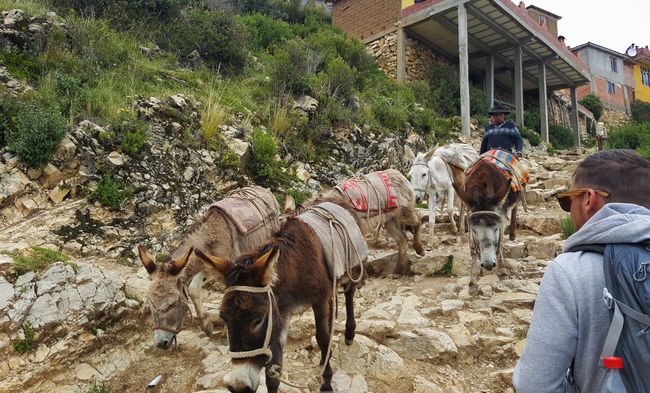
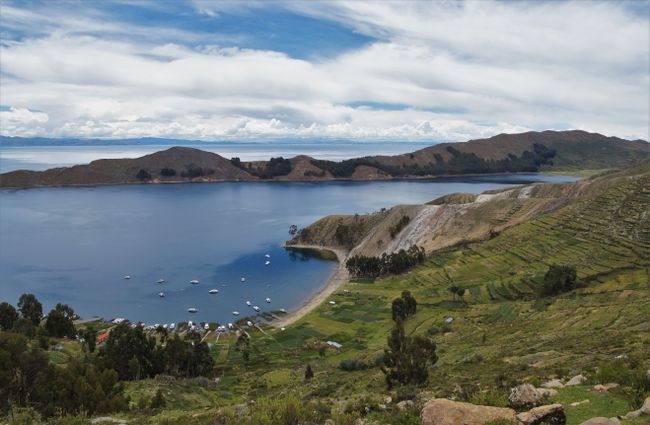
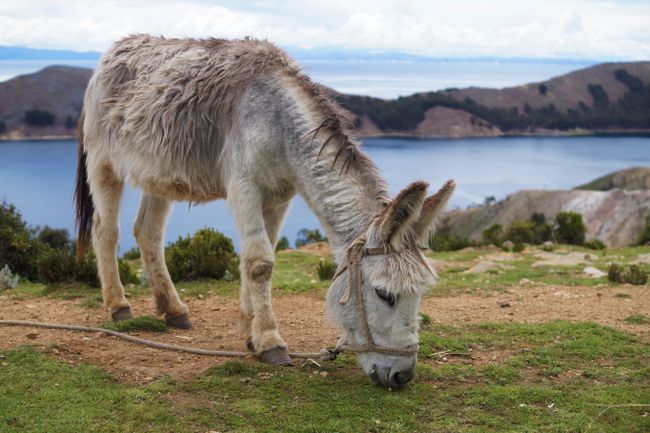
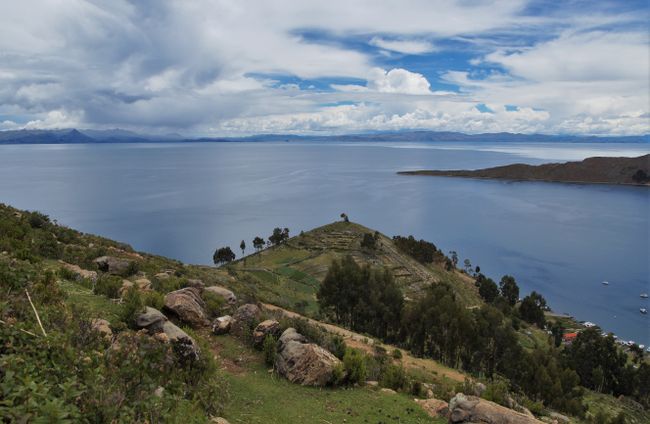
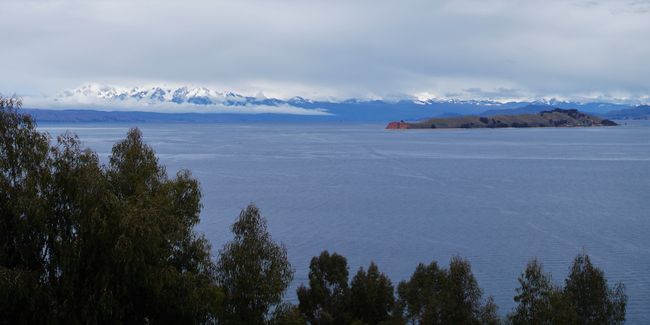
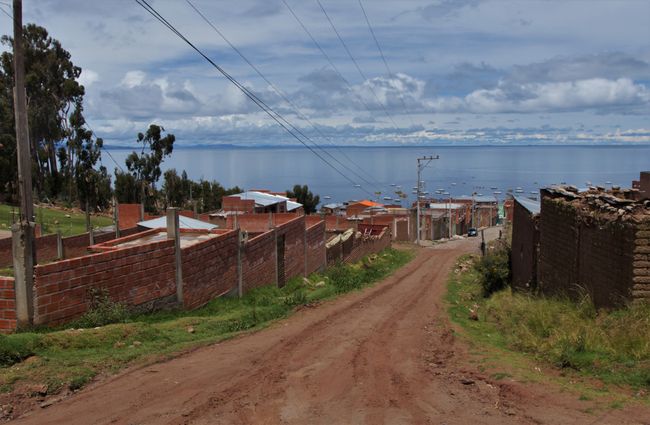
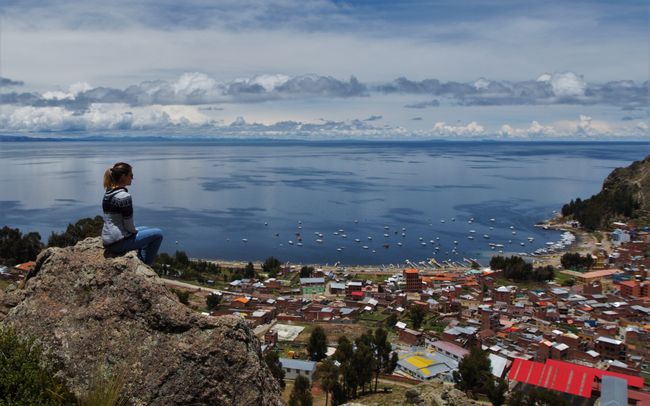
समाचार पत्रिका के लिए सदस्यता लें
16/01 - 19/01
A week in a crazy big city was more than enough and we eagerly looked forward to our next stop, which is only a four-hour bus ride northwest of La Paz: the small town of Copacabana. This is located on Lake Titicaca, the highest commercially navigable body of water in the world, and is probably the most impressive place on the lake on the Bolivian side - at least most of it is geared towards tourism.

The bus ride went very smoothly and we also crossed the lake briefly by 'ferry' - if you can call it that - and arrived in Copacabana in the late afternoon. The usual routine on arrival day: check in, freshen up and look for food. The first restaurant was a disappointment - I was craving the delicious Bolivian vegetable soup we had on the Uyuni tour. I had high hopes of getting it at the highly rated restaurant on the main street - but unfortunately, I was served tasteless water with raw vegetable pieces. We also observed the waiter smuggling a can of soup under his jacket into the kitchen for the Japanese tour group at the next table. Luki was also only moderately satisfied with his food, so we made our way back home a bit frustrated.

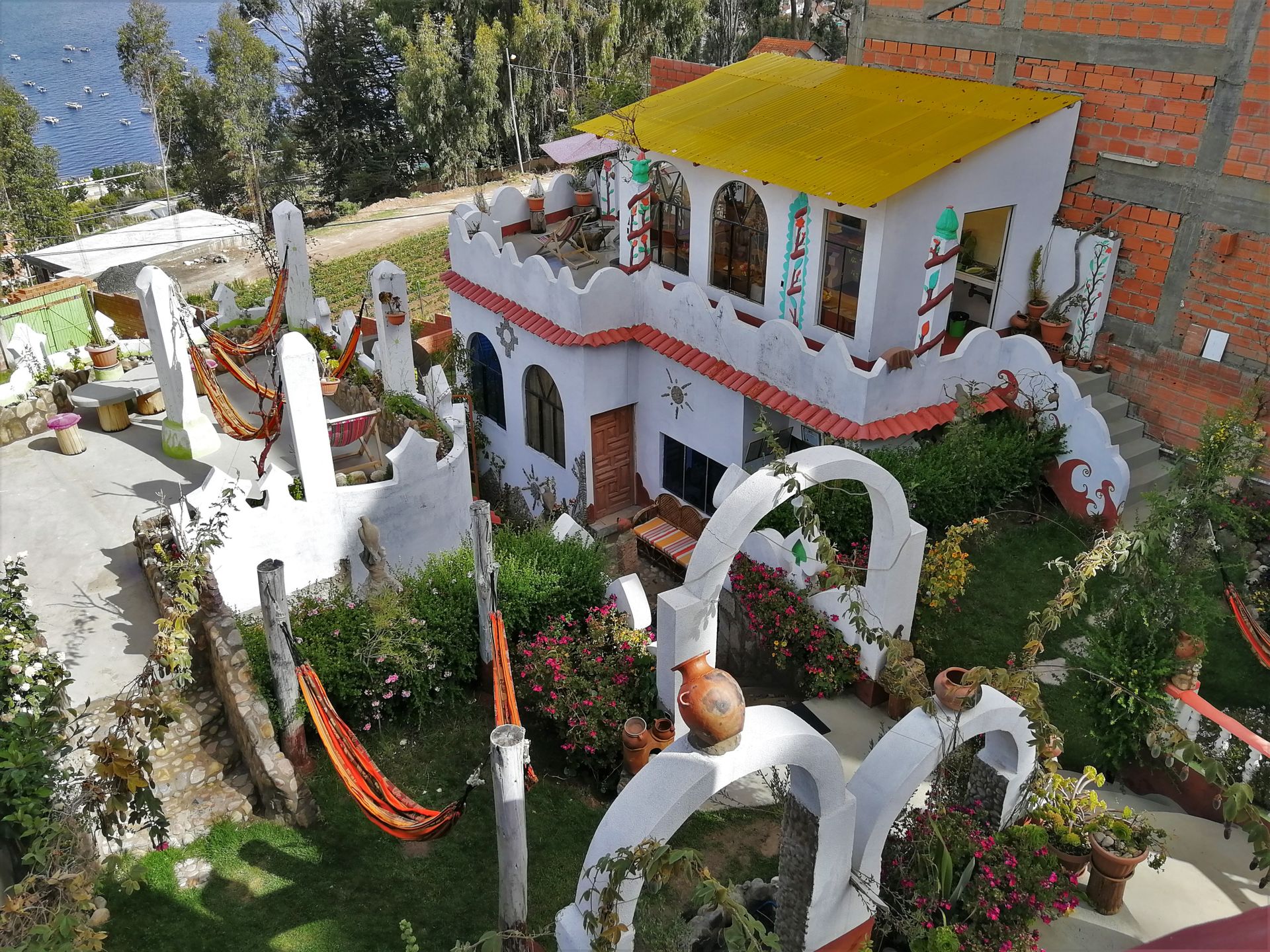
Our hostel was - unlike most of the houses in Bolivia - almost completely plastered and offered a fantastic view of the lake. Unfortunately, there was no heating and no hot water in our room, so we were freezing most of the time. At 3,800m, it gets quite cold, especially at night, so we slept in full gear: socks, long sweatpants, t-shirt, and sweater. It naturally annoyed us, and we decided to spend as little time as possible in the room.

That's why the day after our arrival, we went on our first exploration tour in the area. Not far from our hostel is the 'Horca del Inca', an astronomical observation point of the pre-Inca culture. When we reached the top after a short but very steep climb, Luki soon found a rock that he absolutely wanted to climb. While I held my breath in shock during his risky climb, Luki seemed completely absorbed in his endeavor. Luckily, everything went well, and the 'end photo' is also quite impressive...
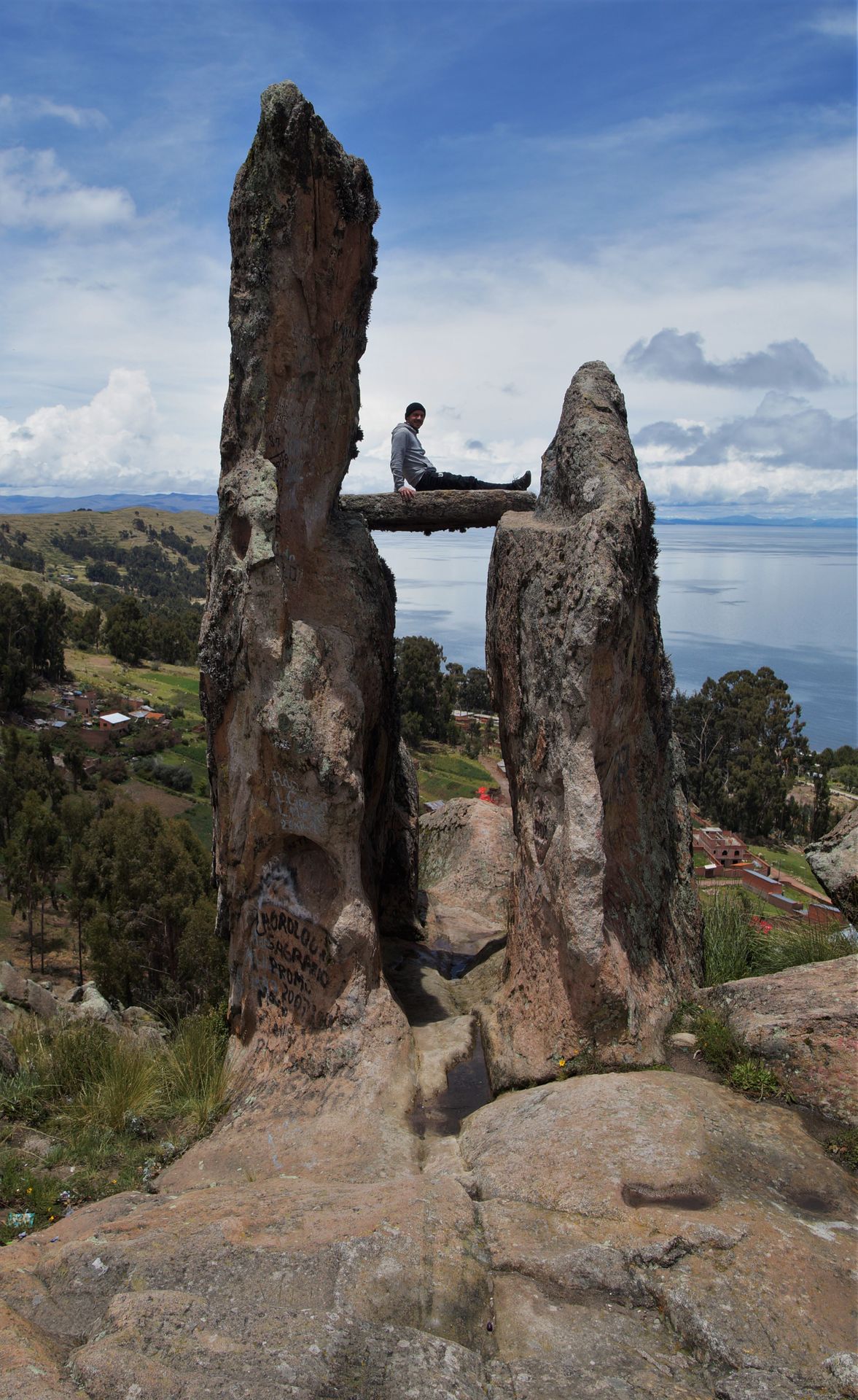
Afterwards, we walked through the center to the next mountain - the 'Cerro Calvario', from where we wanted to overlook the other direction. The ascent turned out to be much more challenging than expected. After a good half an hour, we sat, panting but satisfied, on a large rock at the top and enjoyed the panorama of Copacabana and Lake Titicaca.
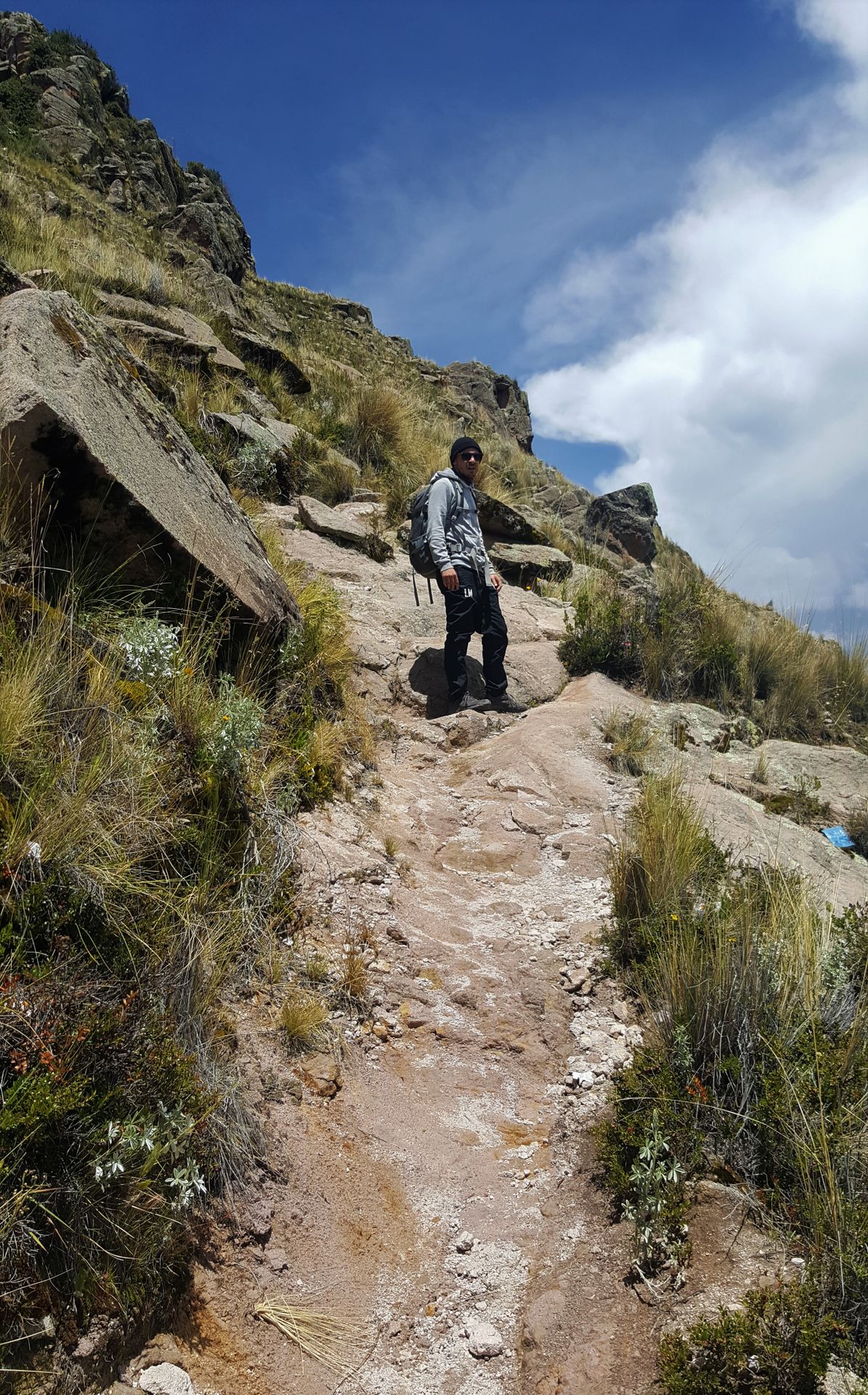
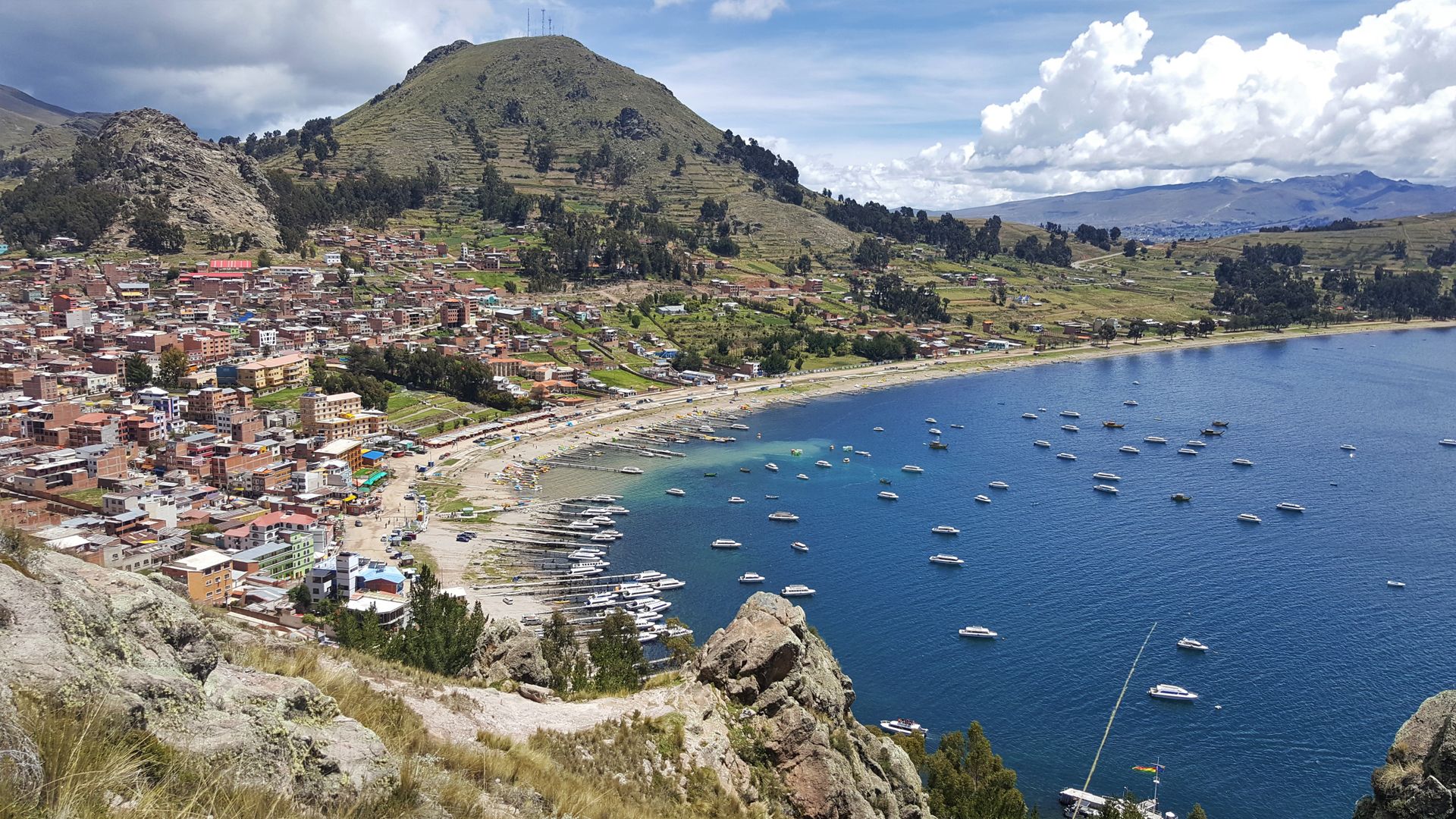
The summit was also crowded with locals who scattered offerings to Pachamama for religious reasons and set off countless firecrackers. Unfortunately, in Bolivia, environmental awareness is virtually nonexistent - there is waste lying around everywhere. Also on the Cerro Calvario - such a sight always hurts me deeply, and I would love to start a clean-up campaign. However, due to the lack of trash cans, that would make little sense...

In Lake Titicaca, there are a variety of small and large islands. From Copacabana, you can visit two of them excellently - the 'Isla del Sol' (Island of the Sun) and the 'Isla de la Luna' (Island of the Moon). On the second day, we bought a ticket and took a boat tour. This lasted what felt like an eternity, and honestly, both islands were only moderately exciting. On the Moon Island, there was a small Inca ruin site, but we somehow couldn't get particularly excited about it. So we just strolled around aimlessly, I bought a pretty tasty quinoa soup from a Cholita, and we waited for the next boat to Isla del Sol.
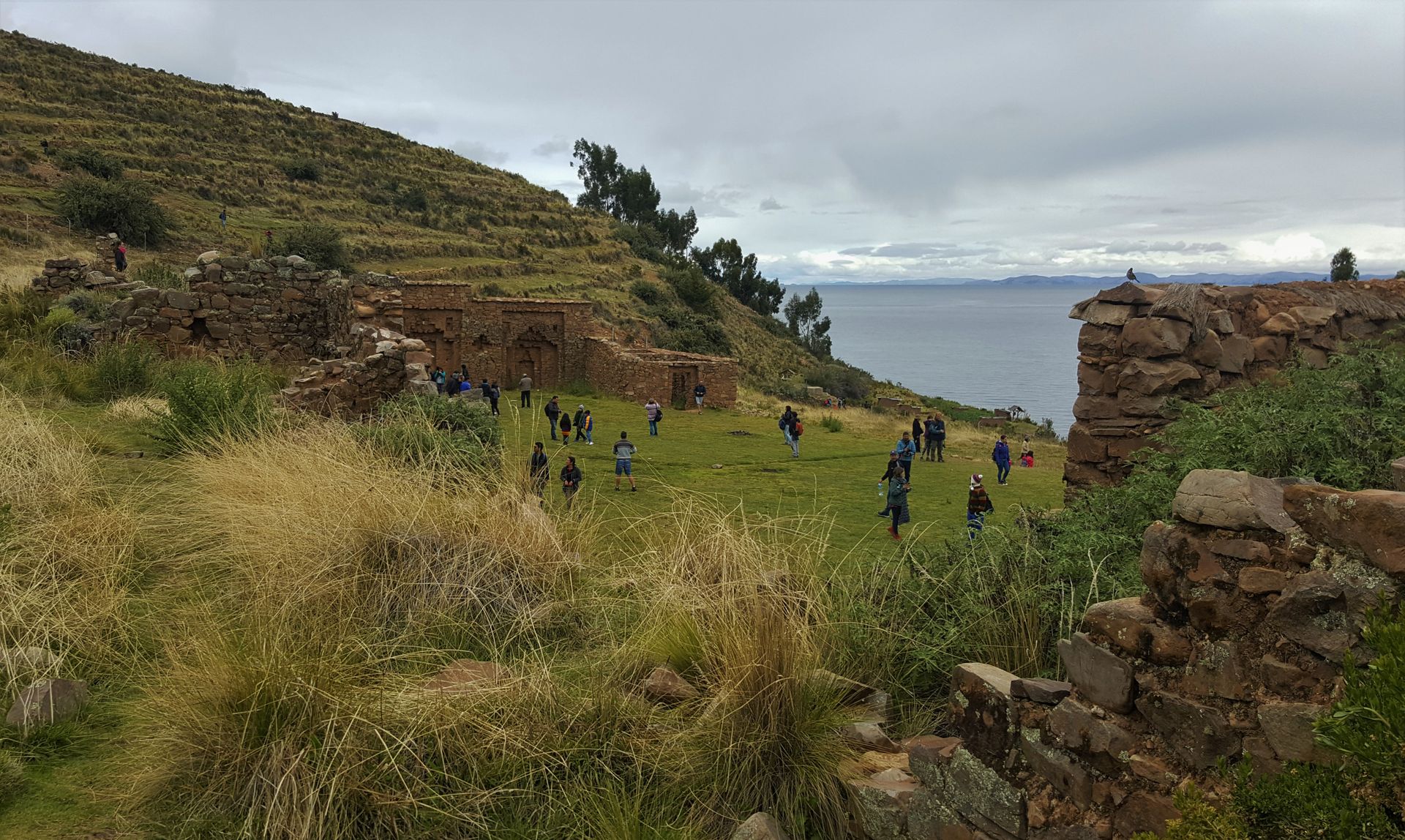
This is the larger of the two islands, and there are also some hostels and restaurants on it. You can also hike up to a viewpoint, which we did because this island didn't have much else to offer.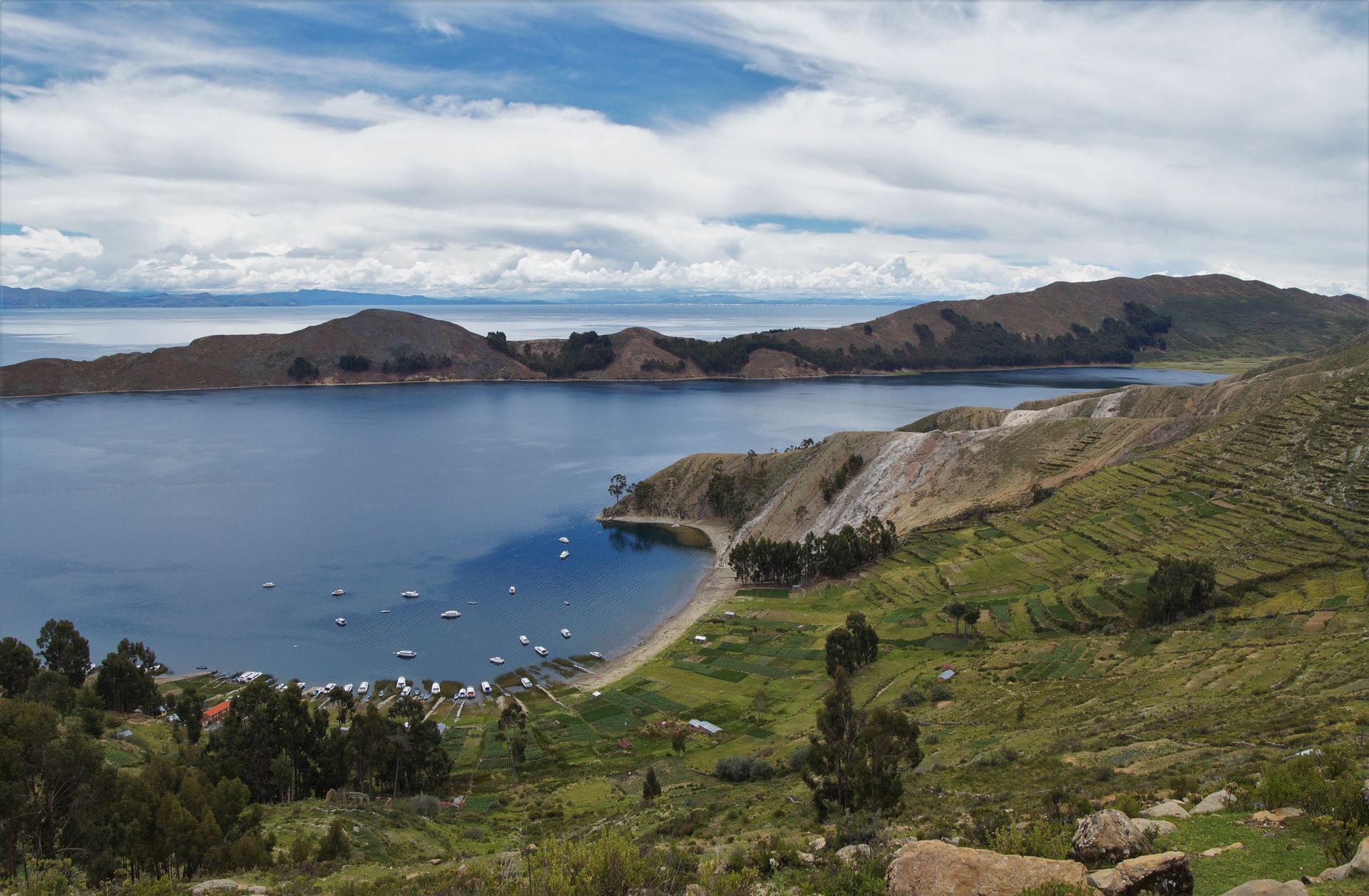

On the way up, we passed many donkeys - apparently, they serve as a means of transportation for the island inhabitants to carry all sorts of things up and down the steep paths.
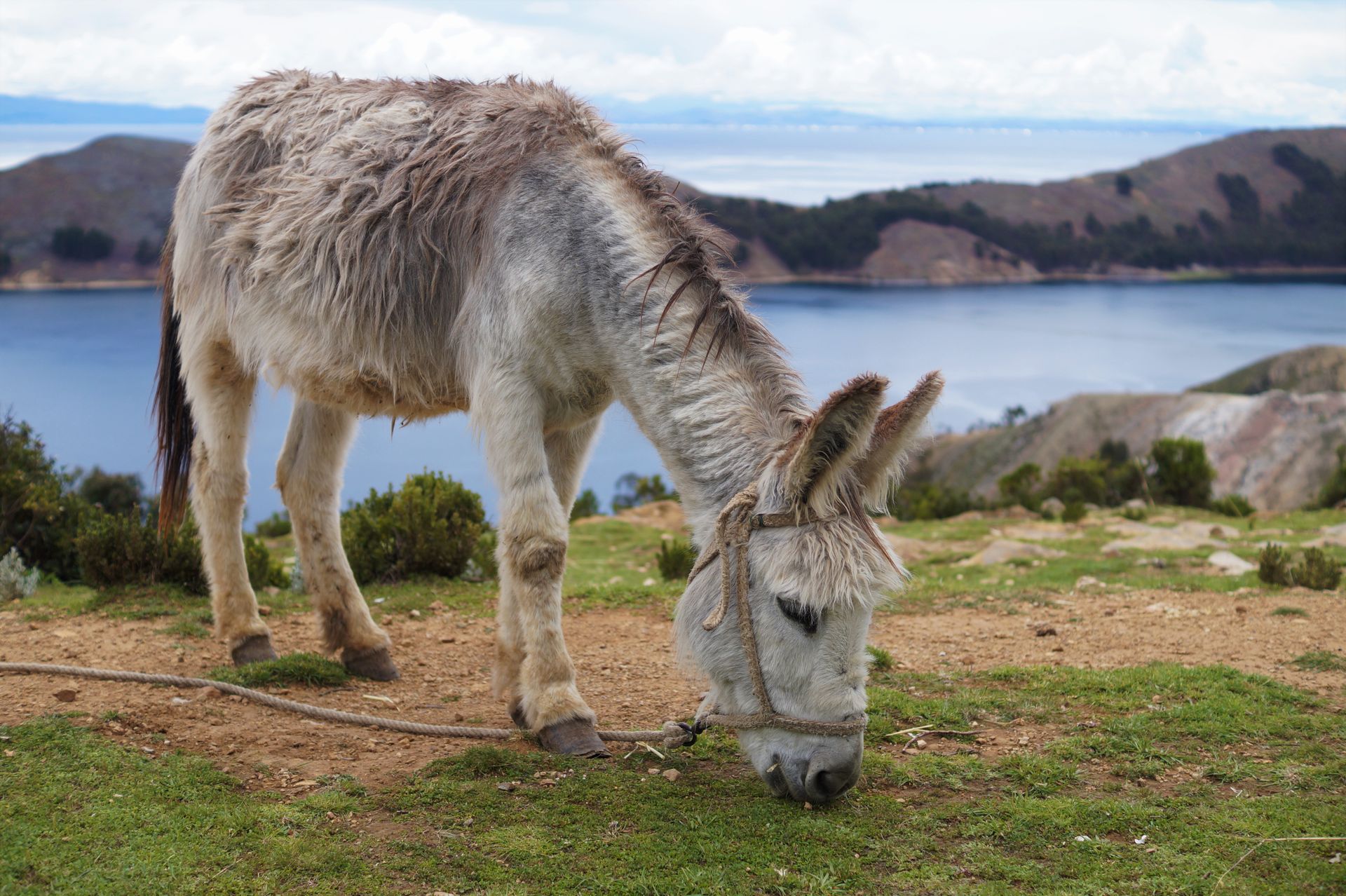
In the early evening, we returned to the mainland - Luki was already feeling slightly unwell, and it would worsen during the evening. We took a short nap at the hostel and then went back to the town to have dinner at the restaurant recommended by the owner of our hostel. Honestly, we had high expectations since it wasn't exactly cheap - unfortunately, we were bitterly disappointed. Despite the empty restaurant, we had to wait an eternity for our food. During this time, Luki became increasingly worse - he felt hot, cold, nauseous, and dizzy. When the food finally arrived after an hour, Luki couldn't eat a single bite. I ate my food as quickly as possible, we paid, and hurried back to the hostel. On the way, we bought some aspirin at a small shop. Just before we left the restaurant, a tourist couple came in. While they studied the menu, we hurriedly packed up - our table still had Lukas' untouched food, and I could see in their eyes that they were wondering if they should change restaurants - if they had asked me, I would definitely have advised them to do so!
In the hostel, we then realized that Luki had a fever of 38.3 degrees. We suspect that he got a slight sunstroke in the afternoon and also caught a cold. He also brought stomach problems from La Paz to Copacabana. A hot shower might have spared him medication, but unfortunately, that was not possible - the shower only had lukewarm water, which is far from pleasant at a room temperature of about 18 degrees. After a sleepless night, the fever subsided fortunately, and Luki already felt a little better the next day.

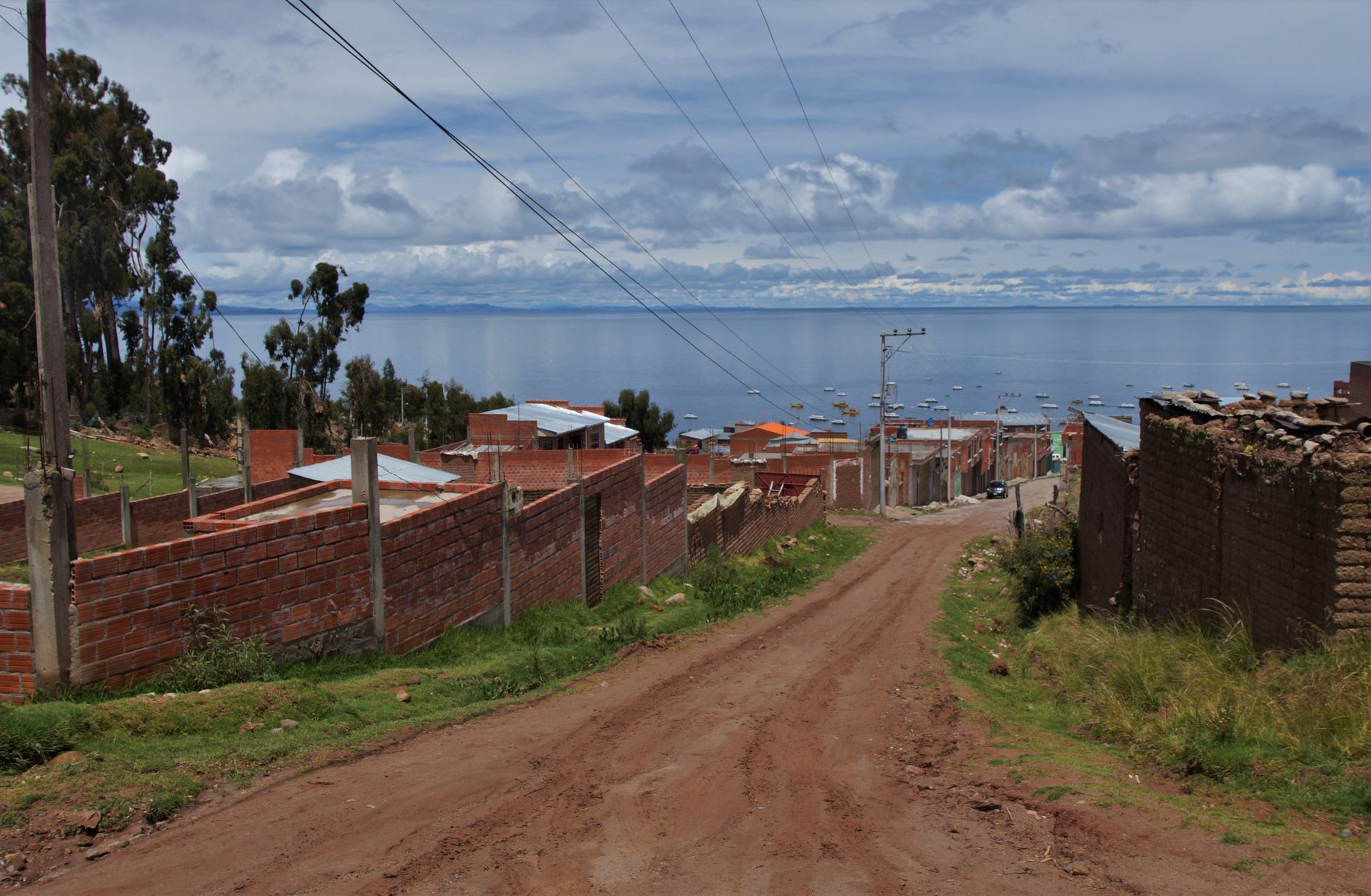
Conclusion:
Our stay at Lake Titicaca was mixed. The town of Copacabana is not particularly attractive, but if you take a hike on one of the many hills around, you will be rewarded with a wonderful view of the huge Lake Titicaca, which more resembles a sea than a lake.
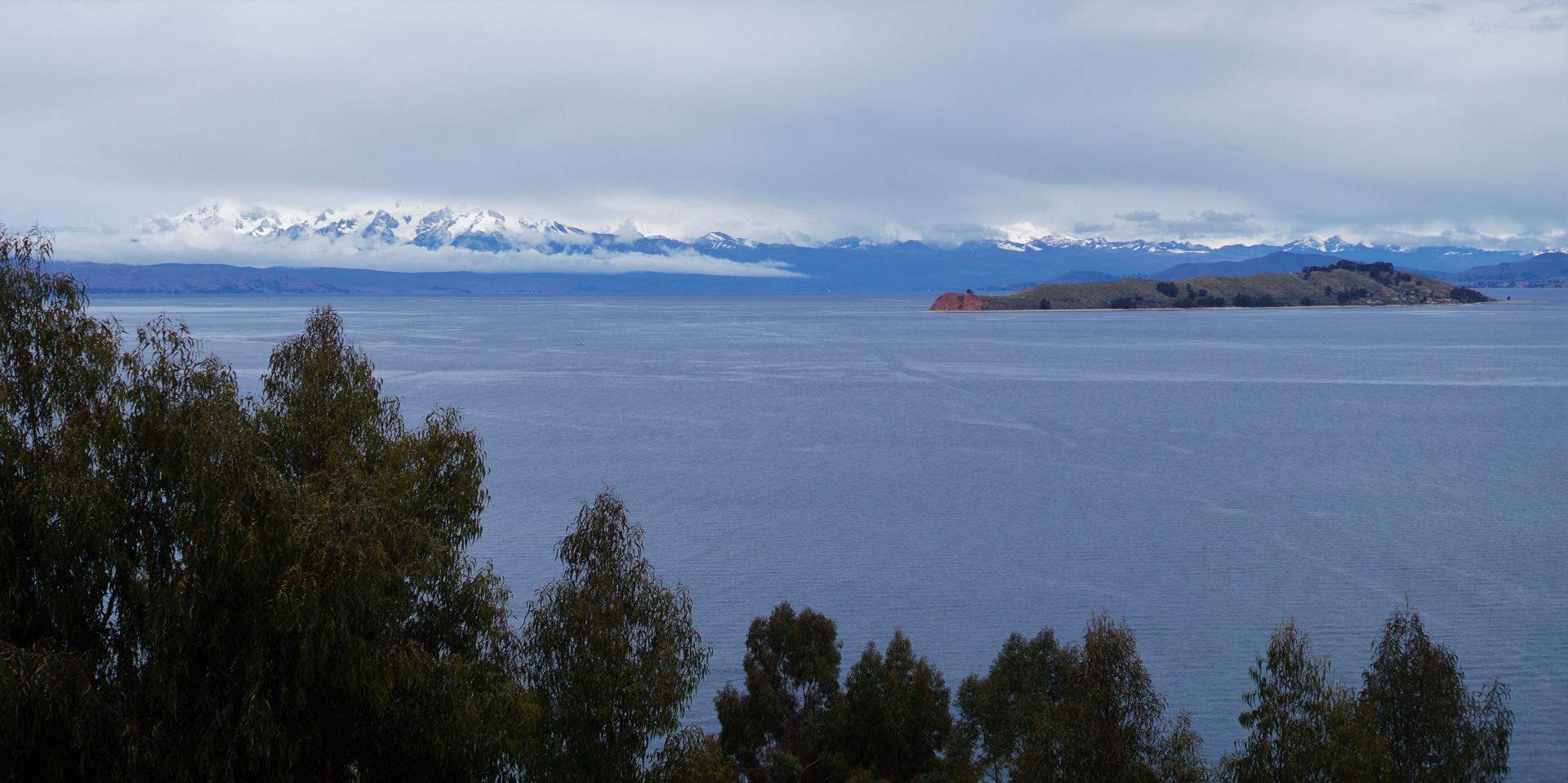
We expected the day trip to the two islands to be a bit more exciting. This is certainly because we have already seen so many wonderful landscapes in Bolivia and therefore had too high expectations that - if we are honest - were very difficult to fulfill.
Since Copacabana, I have become truly aware of how valuable a warm room and a hot shower are. In Bolivia, despite low temperatures, there is no heating anywhere - if you are cold, you just dress warmer. After this short but impressive experience, we appreciate more what we consider at home as a matter of course.
Nevertheless, I am looking forward to finally stow away the long clothes and walk around in shorts and flip flops all day long! :)
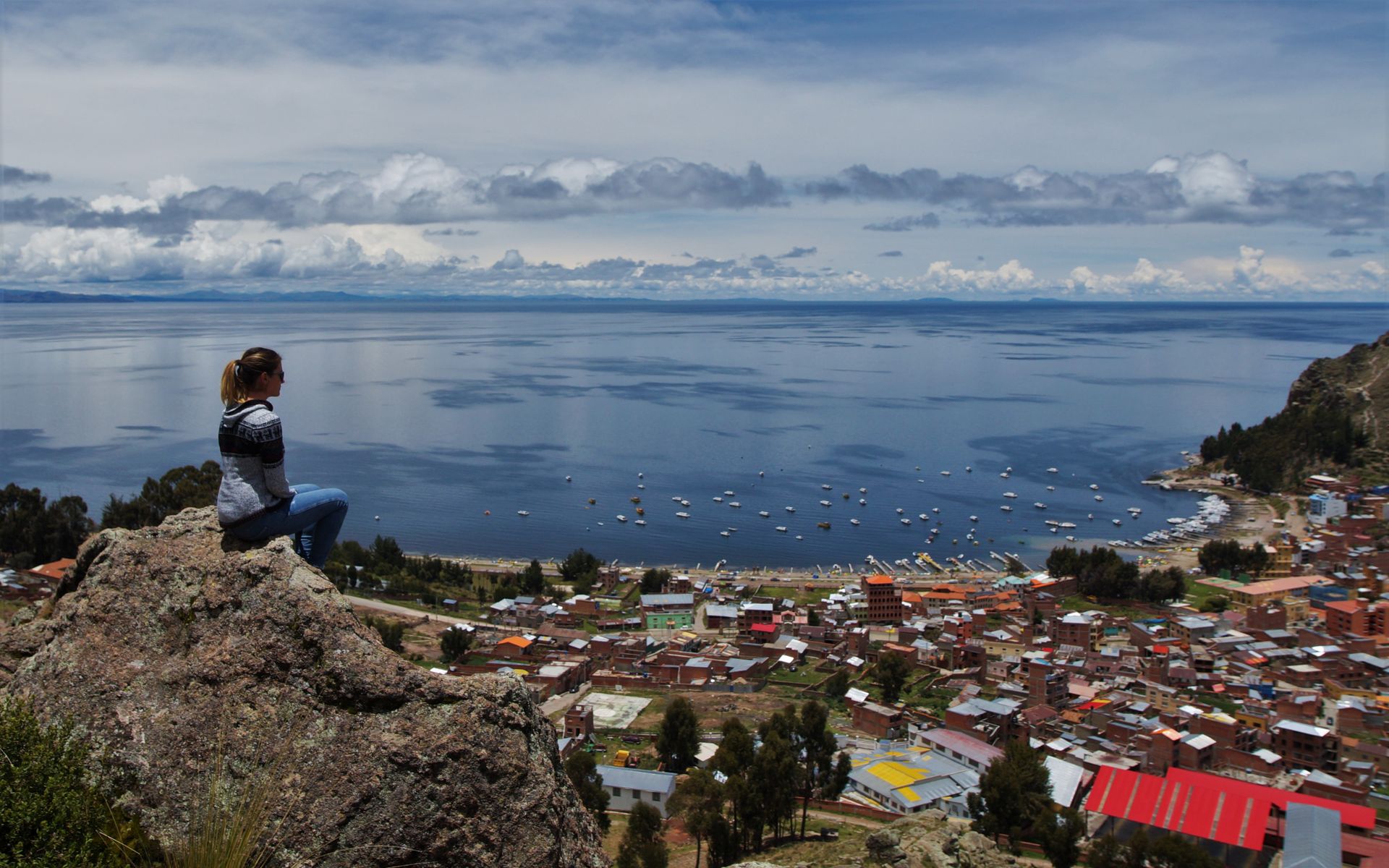
Hasta pronto!
E&L
>> Next stop: Peru <<
समाचार पत्रिका के लिए सदस्यता लें
उत्तर

यात्रा रिपोर्ट बोलीविया
